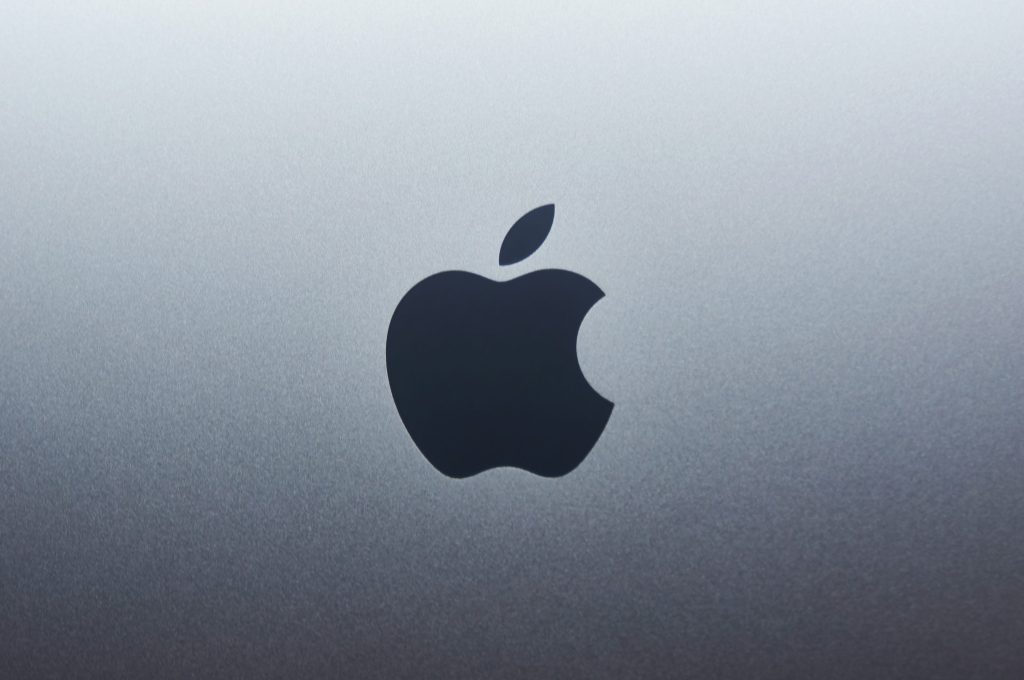Samsung is gearing up to enter the extended reality (XR) space with its highly anticipated headset, Project Moohan, set for release later this year. The company’s new device is expected to challenge Apple’s $3,500 Vision Pro, which set a high bar for immersive digital experiences when it debuted last year.
Project Moohan: Features and Innovative Technology
Samsung has kept many of the technical details under wraps, but early glimpses of the headset reveal some intriguing features. The device includes four cameras on the front lens and appears to have touch controls on the side, hinting at gesture-based interaction.
One of the most significant aspects of the XR headset is Samsung’s collaboration with Google and Qualcomm. Together, they have developed an Android XR platform, which will serve as the operating system for the device. Samsung is also integrating Google Gemini, a powerful AI system that will enable users to navigate apps and tasks through a conversational user interface.
Samsung’s Renewed Interest in XR After VR Experiments
Samsung was one of the early pioneers in the virtual reality (VR) industry, having launched the Gear VR headset in 2015 in partnership with Oculus. However, as the VR market failed to take off as expected, Samsung gradually shifted away from the segment.
Now, with rapid advancements in display technology, AI, and processing power, extended reality (XR) is gaining renewed interest from major tech companies. Samsung is re-entering the space with a refined approach, focusing on AI integration, mixed reality features, and gesture control, hoping to capture a growing market for next-generation immersive devices.
Competing with Apple and the Future of XR
Apple’s Vision Pro has already set a high benchmark in the XR space, offering features like advanced hand tracking, eye control, and ultra-immersive displays. While Samsung has yet to disclose key specifications of Project Moohan, the comparisons between the two headsets are inevitable.
One major factor will be pricing. If Samsung adopts a more affordable approach, it could broaden access to XR technology, making it available to a larger audience rather than just premium buyers.
Challenges in Bringing XR to the Mainstream
Despite the growing hype around mixed reality and immersive experiences, XR devices still face significant hurdles before they can achieve widespread adoption.
- High Costs: Current XR devices are expensive, making them inaccessible to the average consumer.
- Comfort and Wearability: Many XR headsets are still bulky and uncomfortable for long-term use.
- Battery Life: The power demands of high-resolution displays and AI-driven interfaces require significant battery efficiency improvements.
- Content and Applications: The success of XR depends on compelling use cases, such as gaming, remote work, education, and entertainment.
The Road Ahead for XR Technology
The official launch and pricing details of Project Moohan are still under wraps, but one thing is certain: Samsung’s entry into the XR market will accelerate innovation and competition in this emerging space.
With major tech players investing heavily in augmented and mixed reality, the next generation of computing could move beyond traditional screens into fully immersive digital environments. Whether Samsung’s new XR headset will be the device to bring extended reality into mainstream consumer adoption remains to be seen, but its partnership with Google and Qualcomm suggests it is serious about taking a leadership role.
As the tech world awaits more details, one thing is clear—the battle for XR dominance has only just begun.












